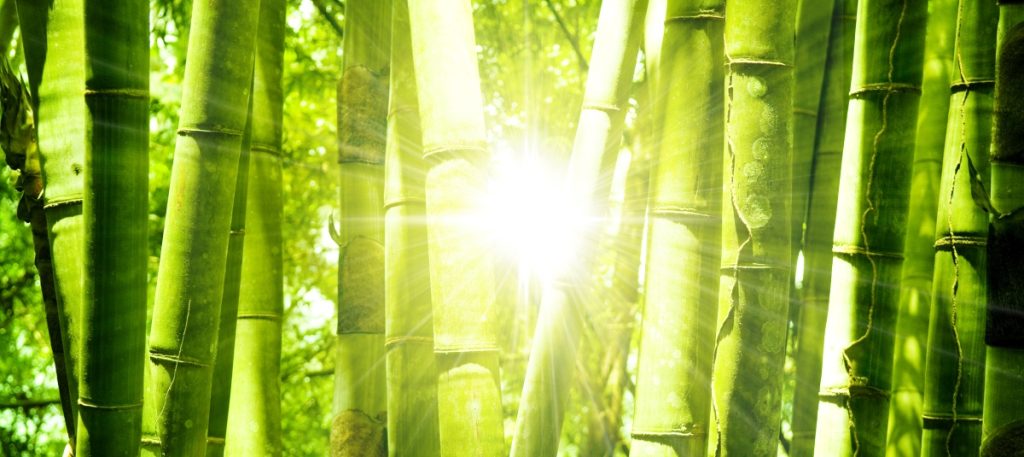If you’ve grabbed a to-go order from your favorite restaurant lately, you may have noticed the cutlery or plates were made of bamboo.
This versatile plant is popping up everywhere: in sustainable home design, clothing and even in instruments!
Needless to say, this is an excellent time to start growing bamboo for profit.
In this article, we’ll talk a little bit about what that process looks like and share some tips for selling bamboo.

What is Bamboo?
Let’s start with the basics. Believe it or not, bamboo is a type of grass. (Can you imagine your front lawn being made of bamboo?!)
Although many folks think of bamboo as being local to warm climates, certain species thrive in cold mountain regions.
You can find bamboo not only in Asia, but also in Africa and the Americas. (There is no bamboo native to continental Europe, if you were wondering.)
Luckily for bamboo farmers, bamboo is the fastest growing plant on the earth! It can grow several feet in just one day.
Bamboo is also excellent for the planet. It produces more oxygen than trees and it reduces soil erosion.
Sound like something you’re interested in growing? Keep reading!

Uses for Bamboo
Bamboo’s tough structure, environmental friendliness and ability to grow quickly make it an excellent material for a variety of sustainable products.
Here are just a few of the hundreds of things that can be made from bamboo:
- Bed linens
- Tea
- Gates, trellises and other yard structures
- Flooring
- Clothing
- House plants
- Paper products (like toilet paper and tissues)
- Jewelry
- Furniture
Ways to Sell Bamboo
If you’re new to growing bamboo, you’re likely not going to be processing it into toilet paper or weaving it into clothing to sell it.
However, there are still several unique ways you can offer your bamboo products to your customers.
Sell Bamboo Plants

This is an obvious one, and may be your biggest breadwinner! Young bamboo plants in an attractive pot are an easy sell and can turn a big profit at farmers markets and the like.
Sell Bamboo Leaves for Tea
Silica-rich bamboo leaves are excellent for skin health and make a wonderful tea. This also makes use of the bamboo leaves that you may have otherwise disposed of.
Create Crafts From Your Bamboo
If you’re crafty, you can use bamboo to make wind chimes, plant stands and more.
These make an excellent supplement to the rest of your bamboo offerings and will draw customers in at farmers markets, craft fairs and more.
Sell Edible Bamboo Shoots
Did you know you can eat the fresh, young shoots of many species of bamboo?
Bamboo shoots are a frequent ingredient in many Asian recipes, and your local Asian restaurants may be interested in purchasing them from you.
Sell Directly to the Public
Especially if you’re setting up a bamboo nursery, direct retail sales are one of the most lucrative ways to sell your bamboo.
Not only can you set your own prices, but you can speak with customers about what they’re looking for and adjust your offerings accordingly.
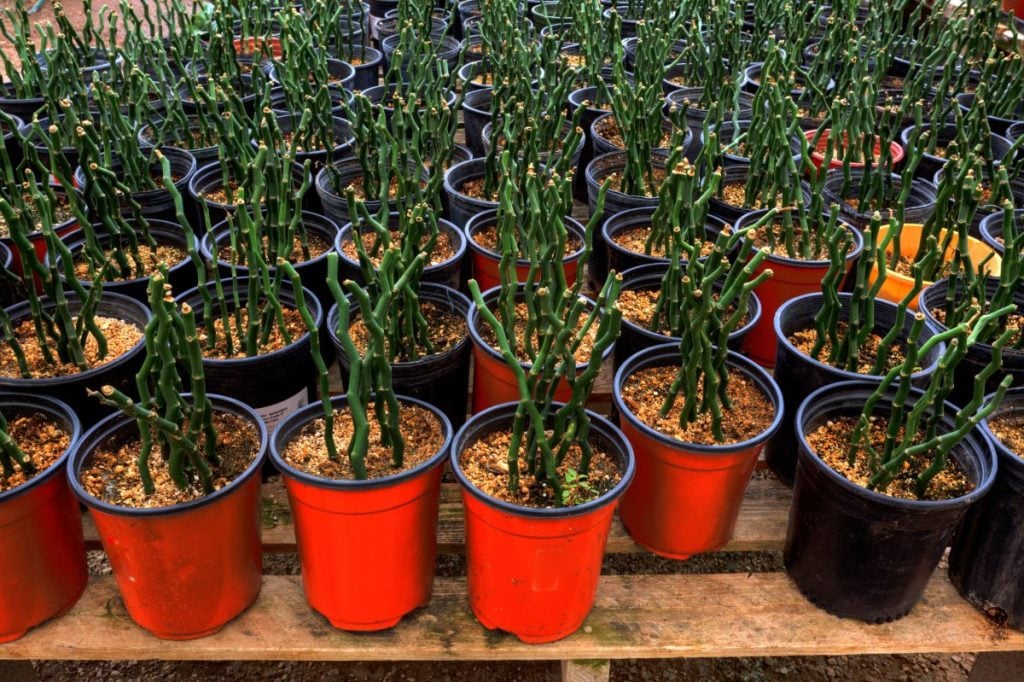
Sell to Landscapers and Garden Centers
Landscapers often buy plants in bulk for their clients. If you can form a working relationship with some of your local landscapers, this can become a large part of your income.
Similarly, you can become a trusted bamboo supplier for your local garden center. Reach out to your local centers directly to see if they’re interested.
Can You Make Money Selling Bamboo?
Yes, you can turn a very good profit selling bamboo. You can sell a potted bamboo plant for upwards of 30 dollars (24.8 pounds).
You can grow nearly 2,500 bamboo plants on a quarter acre of land, which means if you only sold potted bamboo plants, you could make nearly 7,500 dollars (6,196.50 pounds) from that venture alone.
How Easy is it to Grow Bamboo?
There’s a reason people love to grow bamboo; it’s pretty easy to do. The one exception here is if you live in a frigid climate.
Most species of bamboo don’t do well in temperatures below zero degrees Fahrenheit.
Bamboo is adaptable to most soils (although it doesn’t like super acidic soil) and it only requires light watering.
However, because bamboo is easy to grow doesn’t mean that it’s easy to contain.
In fact, many folks avoid including it in their gardens because it can spread so rapidly—including into your neighbors’ yards.
So if you’re going to grow bamboo, you’ll also need to develop a strategy for keeping it from spreading.
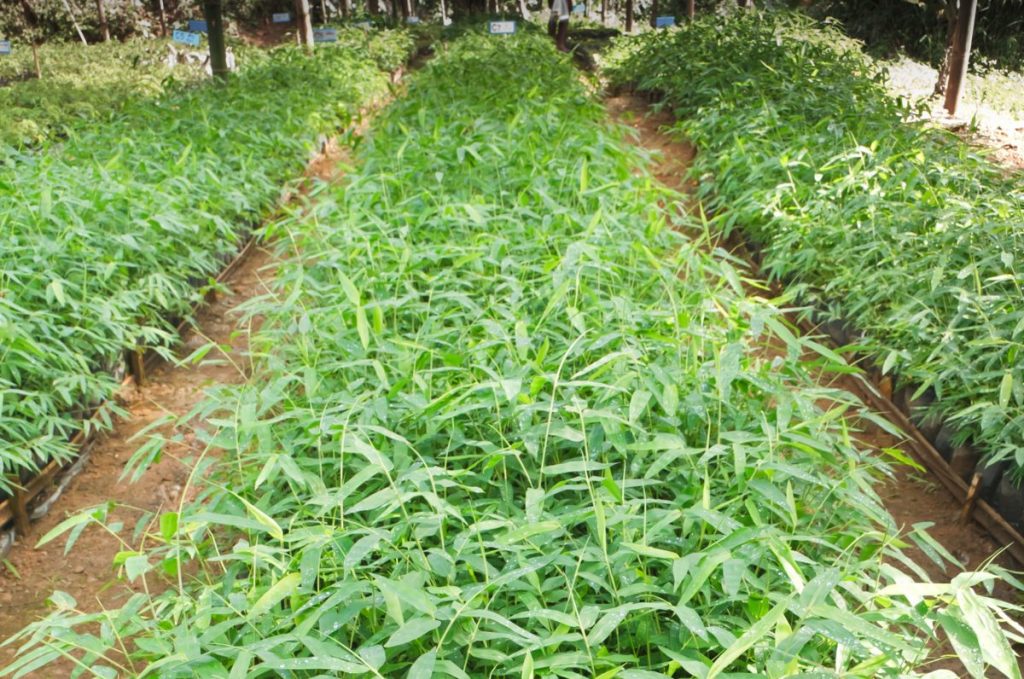
Pros and Cons of Growing Bamboo
Every plant has its pros and cons. Here are a few things to consider before you begin your bamboo growing journey.
Pros of Growing Bamboo
We already know that bamboo grows quickly and has many uses, but there are a few more things to love about it too.
There are many species to choose from. With over 1,000 different types of bamboo available, it’s easy to find one that suits your marketing, aesthetic or gardening needs.
Different species also thrive in different climates, increasing the chance that you’ll find one that flourishes where you live.
Good for the planet. Bamboo is a greenhouse gas-absorbing, soil-restoring, renewable resource.
Not a favorite snack of pests. Seasoned gardeners will know that insects can be the downfall of their crops, and so too can rabbits and deer. Luckily, none of these creatures find bamboo very appealing.
Bamboo is very easy to grow. As we’ve mentioned, bamboo is the fastest growing plant.
Cons of Growing Bamboo
Growing can get out of hand. If you have nearby neighbors, they may not be a huge fan of you growing bamboo.
Not only is it easy to grow, but it can spread like wildfire—including onto other folks’ property.
Hard to get rid of. If you decide to end your bamboo-growing adventure, it can be hard to eradicate this plant. It’s best to only start growing bamboo if you’re in it for the long haul.
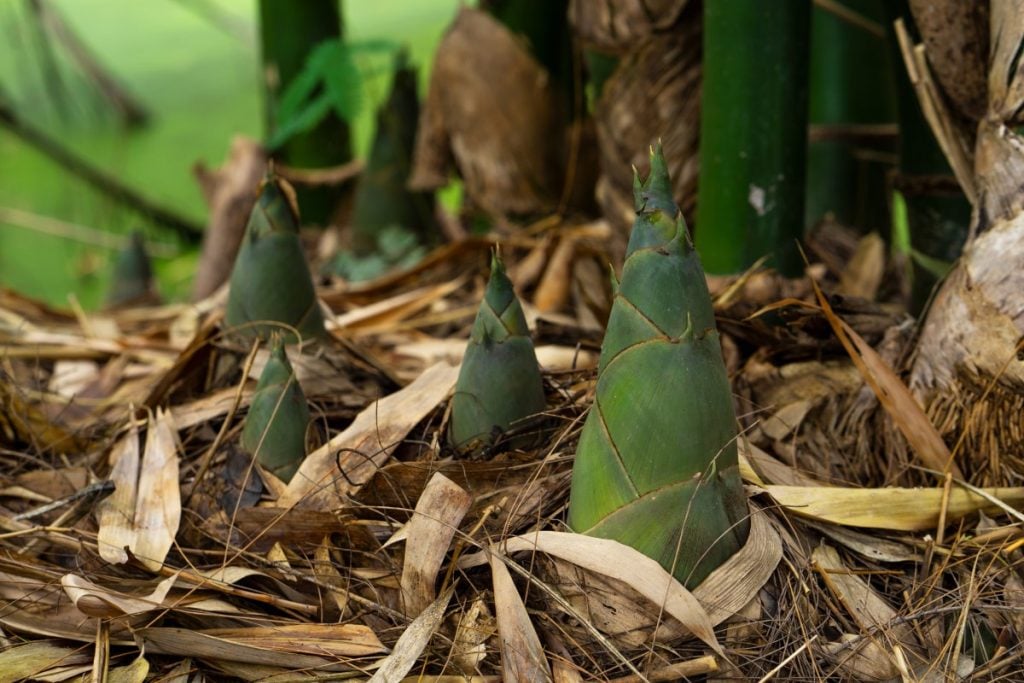
How to Grow Bamboo
Wondering how to grow bamboo commercially? Here’s how to do it.
Supplies Needed
The amount of each of these supplies depends on the amount of bamboo you plan to grow.
- Seeds for your chosen type of bamboo
- Compost
- Sheet metal to form a barrier
- Seedling containers
- Woodchips
- Ashes
- Topsoil
- Organic mulch
- High-nitrogen fertilizer
- Loppers
- Shovel
Step 1: Choose the Type of Bamboo You Want to Grow
The kind of bamboo you select will depend on your climate, how much space you have, and what you’re growing the bamboo for.
Visit this list of types of bamboo for more information.
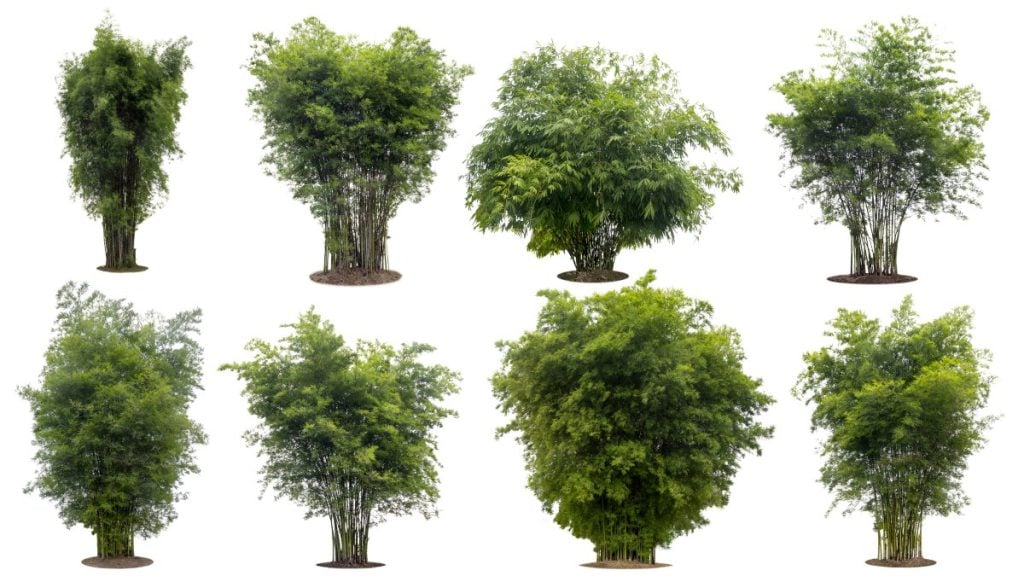
Step 2: Select Where You Will Plant Your Bamboo
For most species, you’ll want to choose the area of your yard (or land) that gets at least 8 hours of sun every day.
Depending on the species of bamboo you choose, yours might need a little more shade. So do your research.
You’ll also want to plant your bamboo near trees or hedges that can support your bamboo and prevent it from breaking when it gets windy.
Step 3: Prepare Your Soil
The reality is that bamboo will find a way to thrive in a lot of types of soil.
But if you want your bamboo to have the best chances of growing big and strong, you’ll want to start with high-quality, rock-free soil.
You can provide this by adding compost to your soil before planting your bamboo.
Ideally, you want to plant your bamboo in loam soil, which is one part clay, two parts sand, two parts silt, and five parts topsoil.
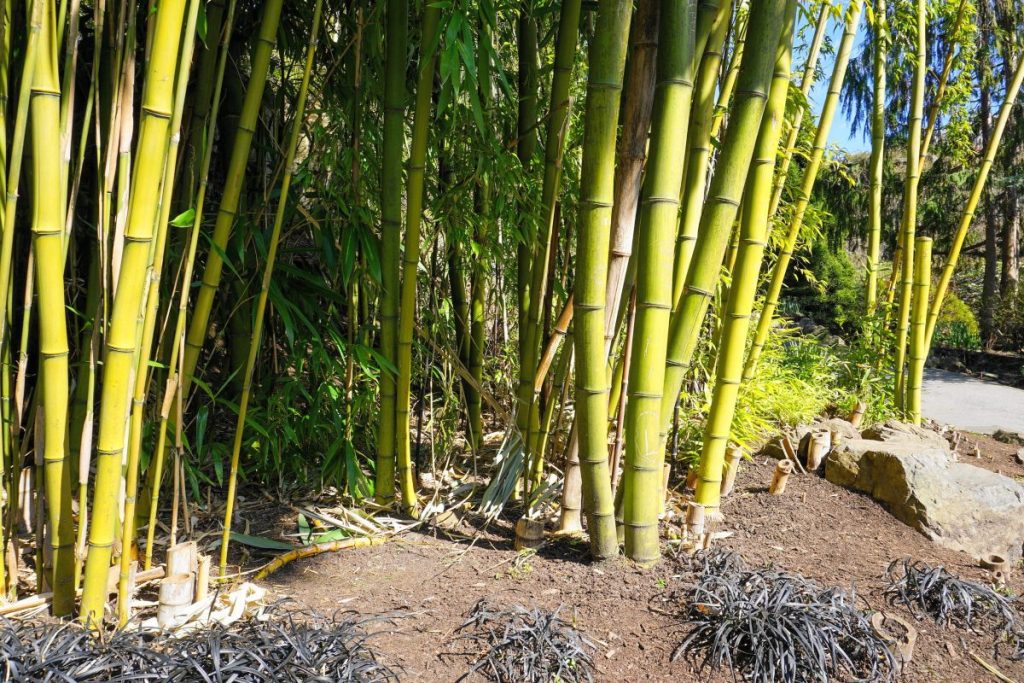
Step 4: Install a Barrier to Prevent Spreading
All types of running bamboo will need a barrier to prevent the bamboo from spreading into the rest of your (or your neighbor’s) yard.
A 4-foot-tall (1.22 meter) piece of sheet metal is easy to stake in the dirt and prevent the bamboo from spreading.
Step 5: Plant Your Bamboo Seeds in Seedling Containers
Early spring is the best time to plant your bamboo seeds. (You can plant later in spring if you’re starting with established plants.)
Begin by soaking clean bamboo seeds in water for 12 hours. Drain the seeds, then plant them in seedling containers.
Seedling containers should be prepared with a filtered mixture of 1 part wood chips, 1 part ashes, and 8 parts topsoil.
Make a 2-inch (5cm) hole in each compartment of your seedling container. Add one bamboo seed, then cover lightly with soil.
Put your seedling container in an area with partial shade and water it daily.
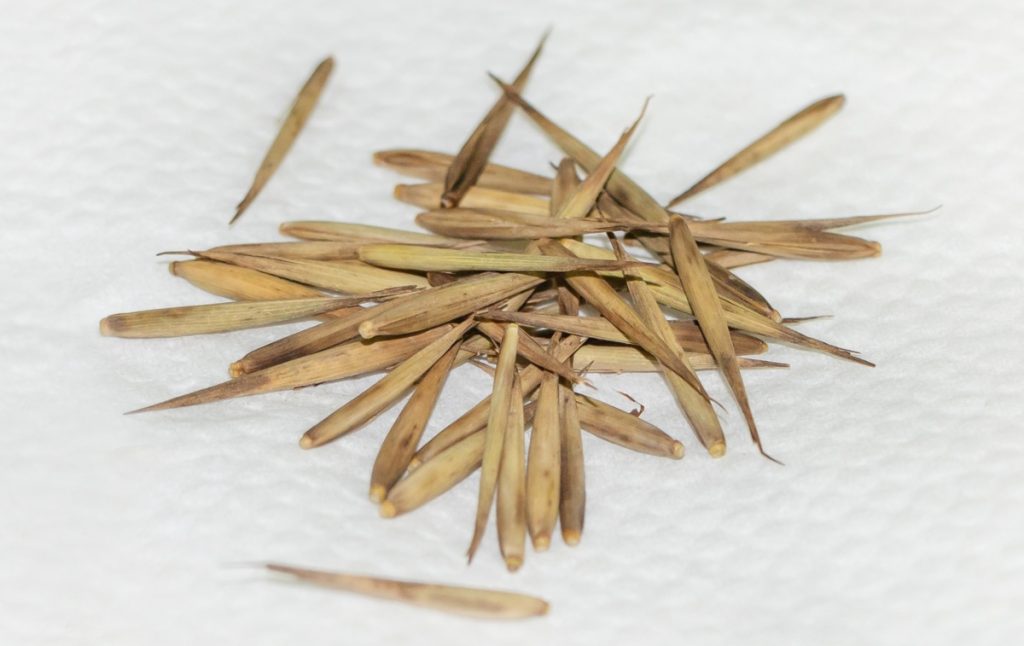
Step 6: Transplant Your Seedlings
After about 4 months, your newly-sprouted bamboo seedlings should be ready to transfer to your yard. Your seedlings should be about 20 inches (50cm) tall.
Create a hole for each seedling that is about twice as wide as its root mass. Space each seedling 5 feet (1.5 meters) apart. Plant your seedlings.
Step 7: Water Your Bamboo
When you’ve first transplanted your bamboo seedlings, you should water them daily. After the plants have been established, water them twice weekly.
In especially hot weather, you may water your bamboo more regularly: up to 4 times a week.
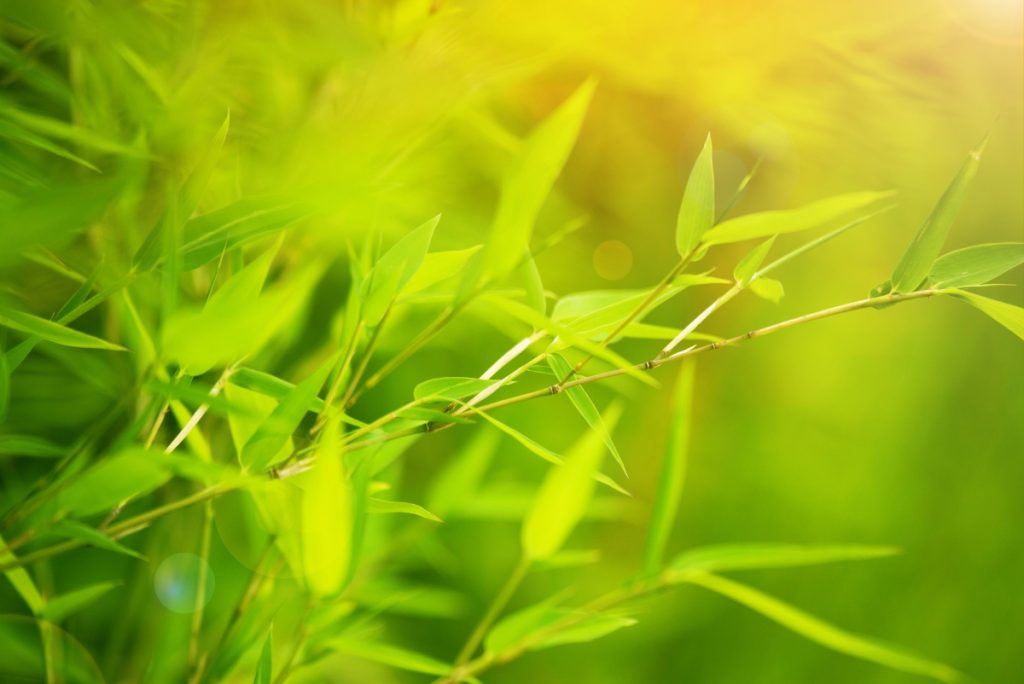
Step 8: Maintain and Protect Your Bamboo
Here are a few important ways to keep your bamboo thriving:
- Add organic mulch regularly to suppress weeds, keep moisture in the soil and more. This is especially important during the winter.
- Use a high-nitrogen fertilizer to nourish your bamboo plant.
- Remove old bamboo branches and dead leaves regularly to encourage new growth.
Step 9: Harvest Your Bamboo
It’s important to harvest your bamboo when the weather is dry; this will make it easier to cut.
If you can harvest before sunrise, that’s ideal because the bamboo’s starches will be in its roots, making it easier to cut.
Obviously, you don’t want to harvest bamboo that has visible mold or disease. You also don’t want to harvest especially soft bamboo, because this could be indicative of disease as well.
Your ideal bamboo shoot for harvest will be less than 6 inches (15 cm) tall, less than 1.5 inches (3.8 cm) thick, and wide at the base.
Use loppers to cut the bamboo as close to the ground as possible. Close the loppers slowly so that you don’t crack the bamboo.
To get the entire bamboo shoot, you’ll need to use a shovel to remove it from the dirt.
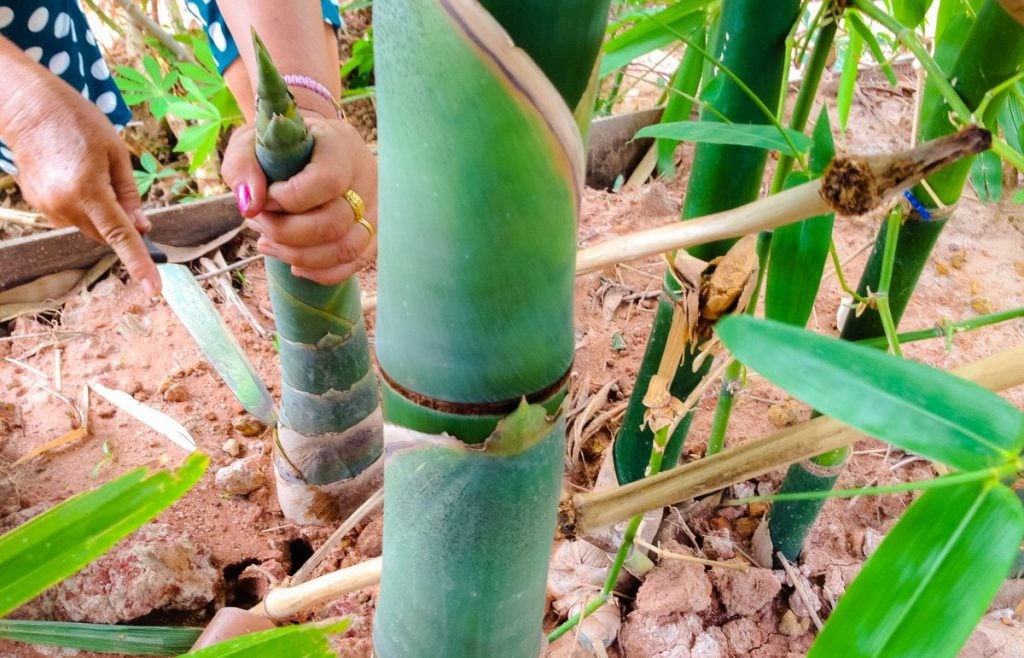
Common Issues With Growing Bamboo
If your bamboo plants aren’t thriving, here are a few possible reasons why:
- Your growing area is too windy. Bamboo and wind are typically not friends. You may need to relocate your bamboo to a more protected area.
- You may be over-watering your bamboo. Bamboo only needs to be watered about twice a week, unless it is exceedingly hot outside.
- Or you may be under-watering your bamboo. If your bamboo leaves are curling and drooping, that may be a sign that your bamboo needs a little more water.
- You’re growing your bamboo in the wrong climate. Be sure that the type of bamboo you have selected is suitable to the climate you live in. If it’s not, it will struggle to thrive.
- You may need more iron in your soil. If you find that your bamboo has yellowing leaves, it can be a sign that your soil is lacking iron. Acidic fertilizer or coffee ground compost may help here.
Storing Bamboo Shoots
If you’re harvesting and selling fresh bamboo shoots, you’ll need to think about how you’re going to store them.
If you keep your shoots away from heat and sunlight, they will last at room temperature for about a week. In the refrigerator, they’ll last twice as long.
Be sure to peel your bamboo sheets before putting them in the refrigerator.
If you need to store your bamboo shoots for longer than two weeks, you can freeze them for up to three months. However, you will need to cook them first.
If you can your bamboo shoots, they will last for a year or more.
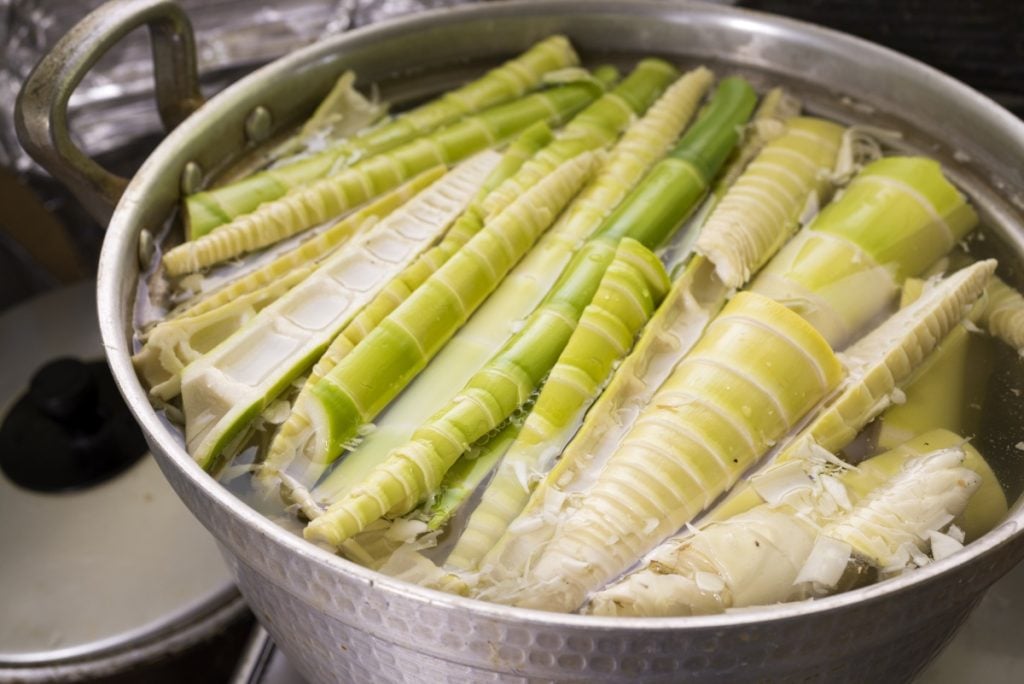
Final Thoughts
Bamboo is a sustainable, fast-growing plant that makes an excellent cash crop. You’ll want to think carefully before growing bamboo since it’s very hard to remove once planted.
As our world shifts toward sustainable solutions for everything from home construction to clothing, bamboo is likely to only become more popular and valuable.
Interested in other ways to make a profit? Learn about growing herbs or beekeeping for profit.
